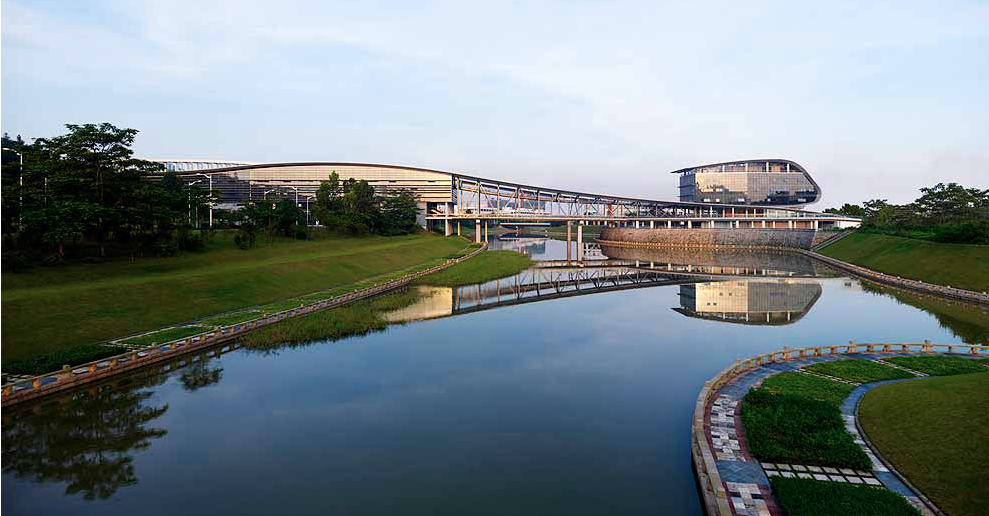Estimated reading time: 4 min
What makes a library great? ‘Books,’ would almost certainly be the universal response. But there’s more to a great library than the contents of its shelves. And while an impressive book selection is often the cornerstone of a good library, there also has to be an acceptance that we are living in age of shifting technologies and one that is witnessing the demise of print. Increasingly, it is becoming clear that architecture, planners and designers must consider the role the library will play rather than merely focusing on what libraries have previously provided. Furthermore, these historically quiet buildings are now making some of the loudest design statements as architects embrace this new future for libraries. Perhaps the biggest shift we’re seeing in library design is how they are not quite as inward looking as they once were. Libraries now engage with their surroundings in a way like never before. As they look further out, they’ll perhaps engage with their communities in a way we never thought possible.

The University Town Library in Shenzhen by RMJM.
Built to fit the concept of ‘unity and modernity’, the University Town Library in Shenzhen is one of the most jaw-dropping libraries on the planet but serves a greater purpose than impressive design. This ‘gateway icon’ serves the graduate schools of Peking university, Tsingtua University, Harbin Institute of Technology and Nankai University providing a new perspective on sharing resources. Shared by campuses on either side of a canal, the building itself acts as a pedestrian link between these previously disconnected facilities as well as an intellectual one. Consequently, one of the biggest challenges of this project from an architectural standing was housing three different banks of data under one roof. The library itself is designed to hold over 1.5 million books, 3,000 seats and 1,700 data ports. It welcomes approximately 8,000 visitors every day and is a popular attraction in the city of Shenzhen. The glazed facades of the University Town Library allow for a sense of openness that encourages students, staff and the wider community to pass through it freely and use it as they wish. The exterior also provides layers of sun-shading to reduce heat gain on library spaces within. The structures long undulating form mirrors the topography of the landscape while its dragon-like shape, contemporary materials and fiction aim to reflect the erudite language of education.

The Drill Hall Library by RMJM.
RMJM’s recent work in this sector also includes the Drill Hall Library and the Balseiro Institute. The award-winning design for the Drill Hall Library showed how refurbishment and conversion can alter the perception of a building and that great design doesn’t always have to start from scratch. A series of modern insertions were integrated into the main space which now provides a visual point of reference to information points, reception and study areas. Support functions and teaching facilities are housed in three connecting blocks allowing for immediate access to the 180m long library space they sit alongside. As with RMJM‘s work on the University Town Library, this project is a partnership between four universities and colleges and links them both physically and in terms of shared information. And similarly, full height glazing has been implemented to open the interior space to the outside, engaging the building with its surrounding like never before.
Libraries house information, archives, knowledge and even history. And while they are now undoubtedly in a period of flux those offerings are likely to remain. How they are offered, though, is likely to change. In the new age of digital information it’s possible we’ll see libraries without books at all and that they’ll offer up information to be consumed not just digitally but virtually as well. Regardless, these cultural institutions will continue to be inextricably linked to both education and communities. The libraries that will thrive will be the ones that offer more than architecture, design and functionality; they will be the ones that inspire.



Drill Hall Library is amazing design